Spring's "hot" item (see what I did there?)
Radish is my favorite spring crop. Some of you may be right along with me in that assessment, but I fully appreciate there are many of you thinking, “Are you crazy!?” Radishes may not stir the same kind of excitement as tomatoes, cucumbers and orchard fruits, but hear me out on this one. Coming off a long winter of subsisting on root crops and frozen or canned produce from last season, any fresh produce in the spring feels like a breakthrough. And, even as I nibble on greens like spinach and arugula, nothing gets me more excited than my first taste of a crunchy, flavor-packed radish.
It seems a lot of people only think of radish as the huge “firecracker” radishes they see in vegetable dip trays on the Fourth of July. If this is your experience, you are missing out! There is so much diversity in radishes, ranging from tiny sweet Cherriettes to the huge and hearty Daikons. Radishes can be grown for their own sake, or as a companion crop. Likewise, radishes serve a variety of functions in the kitchen. They are not just for the veggie tray! Here are a few tips for getting the most out of radishes in the garden and the kitchen.
Radish in the Garden
One of the best things about radishes is they are easy to grow and produce very quickly. This makes them an excellent crop for the home or market gardener. We plant radishes at a high density with 8-10 rows on a 30” bed and 2” spacing between plants. One of the keys for success with radishes is appropriate spacing. Our spacing is way more dense than most seed packets recommend, but part of what makes it work is our harvesting schedule. We harvest baby radishes one week, which thins the bed and allows the rest of the plants more space to grow. We then harvest full size radishes the next week. Regardless of how you are harvesting, thinning plants may be necessary. This is best done in the first few days after germination. Thinning takes a lot of time and it wastes seeds, so it pays to use a precision seeder or seed by hand to avoid over-seeding a bed. Perhaps the greatest perk of radishes is their rapid growth, often reaching maturity in less than a month, which means weeds have a tough time keeping up. Often we never have to cultivate a radish bed before harvest.
We grew “easter egg” radishes last year and again this spring. While I like how easter egg bunches show our customers the variety in the radish family, easter egg radishes can be frustrating to grow when the various types within one packet have different growth rates. A good alternative is to pick two varieties with different appearances, but similar days to maturity, and plant them in the same bed. We’ve planted a bed with half white “Pearl radishes” and half red “Cherriette radishes” to achieve a similar outcome.
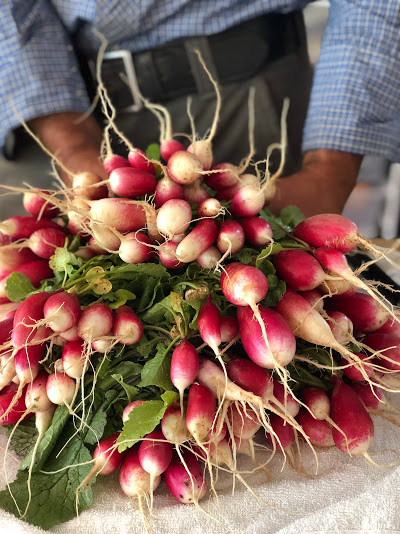
By far, my favorite radish variety is French Breakfast. These radishes are longer and skinnier than most people are used to. They are mostly red with white tips. The flavor of a french breakfast radish is exceptional. French Breakfast radishes have a hint of spiciness, like most radishes do, but it is well-balanced with a sweetness that cannot be beat.
Radishes have excellent harvest qualities of their own, but they provide other beneficial services in the garden as well. A technique we used extensively when gardening in the city is to interplant radishes with carrots. When planted at the same time, radishes will germinate and begin growing well before the carrots. By the time you are harvesting radishes, the carrots will just be starting to grow. As the radishes are pulled from the ground, they loosen and aerate the soil, providing more space for the young carrots to expand. This not only increases the quality of your carrots, but maximizes the productive capacity of your space. But, let’s not stop there. Radishes have benefits for grazers as well. We plant forage radishes (a variety related to the Daikon radish) in our pasture. The radish penetrates deeply into the soil. After the greens of the plant are grazed, the root stays put. As it decomposes it adds valuable organic matter to the soil and helps prevent soil compaction.
One of the only challenges we face with radishes is insect damage on leaves. Like all cruciferous crops, radish are susceptible to flea beetles, and we usually keep Agribon or insect netting over the crop to keep the leaves looking nice.
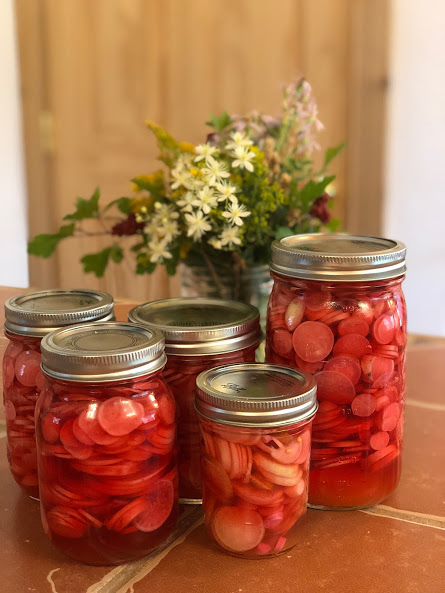
In the Kitchen
As mentioned earlier, when most of us think of radishes we think of eating them raw with some ranch dip. And I won’t lie, this is one of my favorite ways to eat them (or dipped in home-made butter, yes please!). But, there’s so much more you can do with radishes in the kitchen. Different varieties of radish are suited for different purposes. Cherry Bell, French Breakfast and Pearl radishes are great raw. Simply slicing them and tossing them in a salad adds a pop of flavor and crunchiness. But, try doing that with a Daikon or Green Luobo and you may not gain the same satisfaction.
Many of the “meaty” radishes are better suited for fermenting or cooking. Pickled radishes are one of our new-found favorite additions to everything from burgers to pasta. Radishes tend to maintain their crunch when pickled, and the process of pickling cuts into the spiciness that many people struggle with when eating radishes raw. Daikon radish is a great radish for cooking. We’ve added Daikons to stir fries, soups, and vegetable roasts. By themselves, Daikon radish lack the flavor of their smaller cousins in the radish family. However, they maintain their crunchiness and take on the flavor of other foods they are cooked with. This makes them a great accompaniment to dishes with proteins like chicken, steak, and even fish.
How do you like to use radish in the kitchen? Do you have a favorite variety? Let us know in the comments.
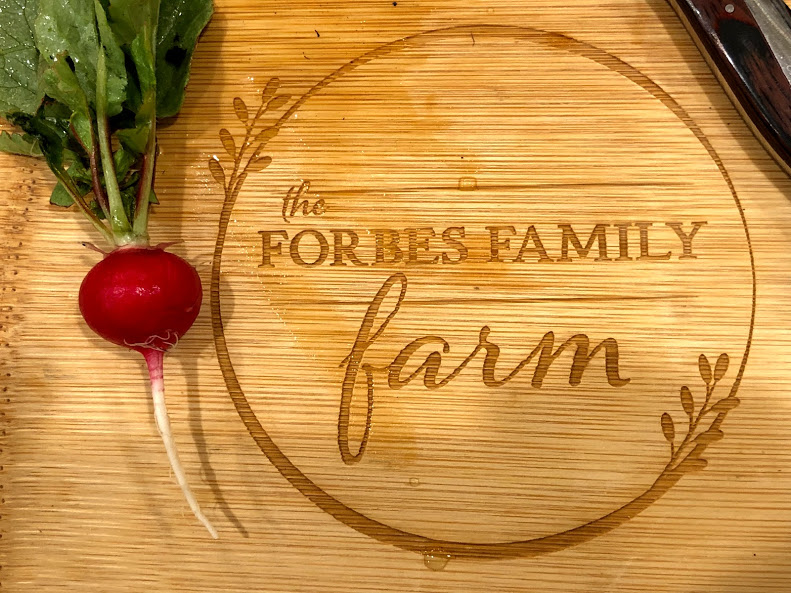

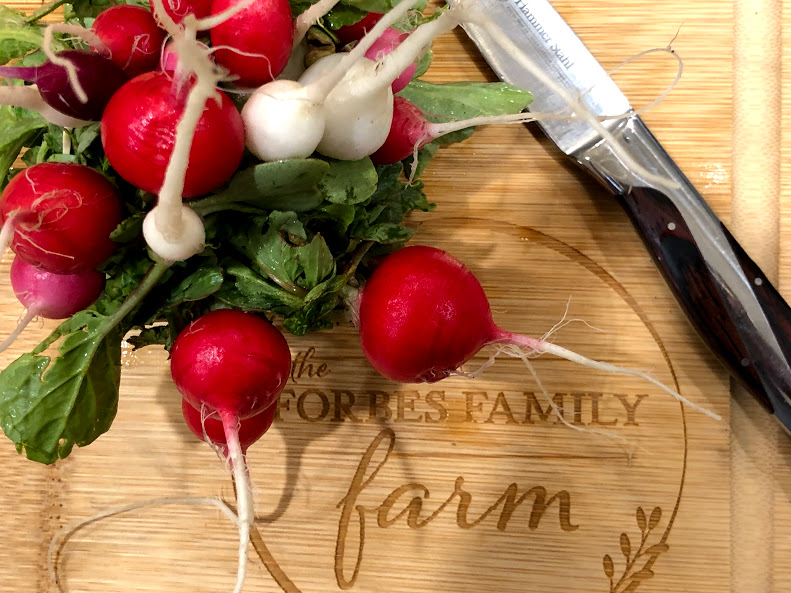


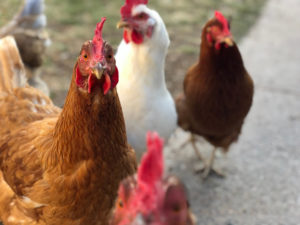
Your probably out of radishes by now, but here’s a couple of my favorite preparations from my Guatemalan childhood.
One bunch of radishes, trimmed and halved, or quartered if they’re large, lime juice and salt. Let them sit in the fridge for 10 minutes or so to soak it all in and get cold. Then eat them with your fingers, which will turn pinkish by the time your done. Great on hot days with a bowl of salty peanuts too.
Or take that bunch of radishes and trim them, throw them in the food processor (or chop finely by hand) with onion, garlic, cilantro, lime, salt. Pulse until everything is chopped but not too much past that. Think tomato salsa, but sub radishes. This is unbeatable on a grilled steak, but also good any other way you would use salsa.
Those both sound amazing! We did a lot of succession planning this year, so we still have radishes…and I literally might make these tomorrow!